Myself and the Mythos
My favorite things from H. P. Lovecraft's Cthulhu Mythos
In my very first post of this month, I mentioned that my first conscious dive into the horror genre was an anthology of Cthulhu Mythos short stories, which included several by Howard Phillips Lovecraft. The anthology intrigued me unlike any other collection of ghost stories, horror movie, or playground rumor of serial killers and spooks hiding in the school attic. Sometime after, I picked up another collection of Lovecraft’s stories (I forget the exact title but I remember “The Horror of Red Hook” being in there) and a graphic novel anthology featuring adaptations of “The Call of Cthulhu”, “Dagon”, “The Rats in the Walls”, and The Shadow Over Innsmouth. Being a moody high schooler with a growing interest for the macabre, I only had a tenuous understanding of the true horror of the Mythos and the history of its founder, Lovecraft. Although I recognized them as “weird tales”, the other horror media I immersed myself in at the time—creepypastas, horror YouTubers, and the like—influenced my interpretation of the Mythos; I thought the monsters, characters, places, and concepts could be collated, categorized, and referenced like some big game. As such, it led to a bunch of random jottings, sketches, one complete short story I’m not too proud of, part of the first chapter of a YA novel, and reams of empty folders.
It wasn’t until my freshman year of college when I actually started to “get” the Cthulhu Mythos and H.P. Lovecraft entirely. I went to undergrad in New England, the “home turf” of Lovecraft (and technically Stephen King) and by the spring semester I’d already gotten a feel for what was creepy about my campus and the surrounding areas even amid all the beauty. I had gotten lost on some of the backroads one night and almost ran out of gas; I participated in a haunted walk with my drama club and got to witness the dark, Halloween sky with minimal light pollution; and to top it off, I learnt my college was the third most haunted school in America. Although rattled by some of these events, I fully came to embrace the little hints of weirdness that orbited my life at that point.
Then I played Chaosium’s Call of Cthulhu…
This ended up being the first tabletop roleplaying game I ever played besides Dungeons & Dragons. I had been invited one sunny Sunday afternoon in late February of my freshman year to play by some older friends, and it was the Keeper1 who explained why Lovecraft’s stories were terrifying back in the ‘20s and ‘30s—because people at that time were not thinking about what existed beyond perceptions of time and space. It was finally then—being older and faced with eldritch horrors through the medium of a game run by someone who understood Lovecraft—that I began to understand and actually “get” the Mythos and Lovecraft.
From there, it propelled me into full deep-dives on the subject. What really spurred my interest was actually playing Call of Cthulhu; for my birthday that year I asked for a copy of the 6th edition core rules to kickstart my adventures in the worlds of H.P. Lovecraft. I did light research into the Mythos from the lens of the tabletop game in the months following, but for whatever reason did not return to the actual stories until later.
In my sophomore year, I enrolled in a class on American Romanticism, which included classic New England authors like Emmerson, Thoreau, Poe, and Hawthorne. For our term paper, we were given an option to come up with our own topic as long as it related to the authors we had examined so far. It was in the middle of October, and by then we had passed our block on Hawthorne and were well into Poe, so I pitched the idea to my professor about writing a paper on Lovercraft’s inspirations from those writers. Though unfamiliar with Lovecraft, my professor allowed me to write my paper so off I went to the library and picked up several anthologies of Lovecraft’s short stories. Admittedly, my actual research on them was incredibly light and I hardly drew from any secondary materials. It exposed me, however, to several of the original tales like “Pickman’s Model”, “The Rats in the Walls”, and The Dream-Quest of Unknown Kadath. Working on the paper forced me to think more on the concepts of cosmicism and Lovecraft’s philosophy in terms of horror (with consideration of Poe and Hawthorne as literary influences of his). I’d gotten something like a B for my final grade on the paper, but I just took it as a challenge to learn more when I could. My friends already knew about my interest in Lovecraft after I’d inserted blatant Mythos references into the D&D campaign I started running, using one particular Great Old One associated with trees and fertility as a major boogieman in one player character’s backstory.2
Regrettably, I can’t remember when one of my friends gifted me the above collection of Lovecraft’s tales (H.P. Lovecraft: Great Tales of Horror), but I do recall being very ecstatic and diving right in once I had the opportunity. I believe it might have been an early or late Christmas gift my sophomore year. Finally, for the first time, I actually read and started understanding what was going on in Lovecraft’s stories and the Mythos as a whole. Though the prose was dense, and the idea of reading for pleasure was becoming an estranged concept in the midst of my college career, I devoured each one and was left hungry for more. In the spring semester of sophomore year, I wrote my first full short story featuring an original eldritch deity, which was also the first appearance of my female viking character, Torhild.3 A few months later, I used said original eldritch deity in another short story I submitted to Hiraeth Publishing’s (formerly known as Alban Lake Publishing) City in the Ice anthology, which became my very first professional short story sale. It wasn’t until my story, “The Smoke in the Ice”, was published in print in October 2018 that I realized the publishers intended for the collection to be an explicit addition to the Cthulhu Mythos.
Before I continue, I want to take a moment to acknowledged that there isn’t a formalized system to adding to the Cthulhu Mythos. Lovecraft never used the term “Cthulhu Mythos” in his life, preferring the term “Yog-Sothothery”4 and the general idea of intertextuality to lend verisimilitude to his stories. However, he encouraged fellow writers (especially Weird Tales veterans) to reference deities, characters, and artefacts from his own stories. Since he was not worried about copyright infringement, he allowed this indiscriminately as long as they remained weird and horrific enough. Some authors who have contributed to the Mythos and are still living have copyrighted their works, but everything that Lovecraft created is fair game for transformative reproductions and references—though not all are as good as the originals.
Although there isn’t a council or club that determines what is officially part of the Mythos (and realistically, the Mythos should remain obscure and nebulous rather than collated and categorized) it was thrilling to learn that in some way I was contributing to the memory of a man who had quickly become one of my favorite authors. The man, I had realized, who finally drew me back into reading and whose works convinced me to stop being afraid of horror. The god in my story, Qwazal-nah’al, might not become as recognizable as Azathoth, Yog-Sothoth, and especially Cthulhu, but my first weird tale is still a special homage to Lovecraft, a way to get my foot in the door of writing and publishing without constraints or demands for the expected tropes and markets.
Every year since then I have drenched myself in the Mythos and Lovecraft unapologetically and without ever growing tired of it. Most of it has been reading the original stories, but also seeking out the few film adaptations there are or films that take inspiration from Lovecraft. It is in small doses throughout the year, but the inspiration to bring more Lovecraft into my life waxes around Halloween and strangely in the late winter, perhaps hearkening back to the months I first played Call of Cthulhu. There is as much beauty in his stories as there is horror, which is something that few authors—living or dead—can claim to have achieved. Lovecraft was stricken by gloom, tragedy, and hardships all his life but still managed to practice his art in the face of everything that mounted against him. He saw horror in the world and in his life but he transmuted it into something that continues to inspire almost a century after his death.
What also draws me back to Lovecraft’s stories and him in general is that he remains true to the thesis expressed in the opening paragraph of “The Call of Cthulhu”:
The most merciful thing in the world, I think, is the inability of the human mind to correlate all its contents. We live on a placid island of ignorance in the midst of black seas of infinity, and it was not meant that we should voyage far. The sciences, each straining in its own direction, have hitherto harmed us little; but some day the piecing together of dissociated knowledge will open up such terrifying vistas of reality, and of our frightful position therein, that we shall either go mad from the revelation or flee from the deadly light into the peace and safety of a new dark age.5
Lovecraft never attempts to correlate or explain the contents of his stories, much like how the mythology of the world never gives concrete explanations behind its logic. We as the readers are left puzzling together ancient mysteries that have no firm answers and are probably better off without them. The absence of answers keeps me interested in Lovecraft’s mythos, and as he once said, “Without interest there can be no art.” His stories are a close to pure art as one might come and will forever be an inspiration for my own art. I owe a debt to Lovecraft for capturing my interest in horror—and reading and literature in general—one that I can only repay by writing and never stopping until the shadows claim me too.
Thanks for reading this week’s post! Are you a Lovecraft fan or interested in his stories? Leave a comment using the button below to share your favorite stories by him or your favorite Cthulhu Mythos stories!
Also, keep reading for another round of recommendations to make the most of your Halloween this year!
“Of the Green Knight’s Struggle Against the Black Goat” by Ethan Sabatella in Shadows Over Avalon volume 1: Since I was not able to find an organic way to share this in the main post, I decided to take the opportunity for some additional self promotion of the other Cthulhu Mythos story I’ve written. “Of the Green Knight’s Struggle Against the Black Goat” is part of The 18thWall Productions’ Shadows Over Avalon anthology, which combines Arthurian legend with the Cthulhu Mythos. My story follows Bertilak the Green Knight pursuing a cult of Shub-Niggurath after they kidnapped his wife. He joins forces with Merlin and Sir Gawain to thwart the cult’s dark machinations.
The Darkest of the Hillside Thickets: For any Lovecraft fan throwing a Halloween party, your playlist will not be complete without the entirety of BC-based rock band The Darkest of the Hillside Thickets’ discography. Everything they’ve written is upbeat and easy to dance to while also being chockfull of references to Lovecraft’s stories and classic horror movies. Aside from the Lovecraft themes, this band is one of the only modern rock bands I’ve listened to that manages to have the same vibes as classic ‘70s and ‘80s rock bands without being derivative. My personal favorites by them are “Goin’ Down to Dunwich”, “Some Things Man Was Not Meant to Know”, and “Nyarlathotep.”
True Detective Season 1: Although not exactly as “obscure” as some of the other entries in my recommendations lists, I wanted to mention the first season of True Detective as prime Halloween material for the reason that it manages to craft a modern weird fiction (and minor Cthulhu Mythos) narrative without being derivative. Rather than being based on inventions of Lovecraft, season 1 of True Detective takes themes and names from Robert W. Chambers’ The King in Yellow. The entire season is a tight, well-crafted thriller where the real horror comes from the madness of mankind.
Black Sabbath (1963): This anthology film hosted by Boris Karloff contains three short films of horror and suspense. The second and third films in the collection (“The Wurdulak” and “The Drop of Water”) are the most horror-themed of the bunch, with “The Drop of Water” being one of the scariest films I’ve seen on screen period. There are no jumpscares in this classic, instead it used the tried and true tradition of building dread and giving just enough information and visuals to scare the audience senseless.
“The Grave” from The Twilight Zone (Season 3, Episode 7): Although most of the Twilight Zone catalogue is a must-watch for Halloween, this episode in particular stuck with me since I first saw it in middle school. I had heard a variation of the campfire tale this episode is based on, which might be one of the reasons. However, I also enjoyed the entire atmosphere this episode builds. Taking place mainly in a saloon lit by oil lamps, salt-of-the-earth frontiersmen give grim warnings to a gunfighter as the wind howls mournfully outside. It a small slice of how life in the Wild West, especially when superstition is factored in, might have been; the few places of safety at night being relegated to whatever shelter one could find in a dusty town while weird things stalk the night.
Thank you for following Senchas Claideb this Halloween season! Be sure to subscribe (if you haven’t already) to get notified when this month’s short story, “The Spare Key” releases this Friday, October 27th!
Also, use the button below to refer a friend to Senchas Claideb and receive access to special prizes including a custom Gaelic phrase and free original short story!
In Call of Cthulhu the name for the Game Master (GM) is “The Keeper of Arcane Lore” who serves the exact same function as a Dungeon Master.
That friend of mine is Cameron Bolling, who is also a published author. He does more high fantasy than horror, but you should definitely check out his books if that’s your bag at his website.
Torhild has not had any eldritch encounters as of late but her first formally published story, “Bölvetr” can be found in Eerie River Publishing’s Monsters & Mayhem anthology.
This is a reference to one of his more powerful beings, the omniscient Yog-Sothoth who is referenced heavily in the stories “The Dunwich Horror” and The Case of Charles Dexter Ward.
Lovecraft, 1928.



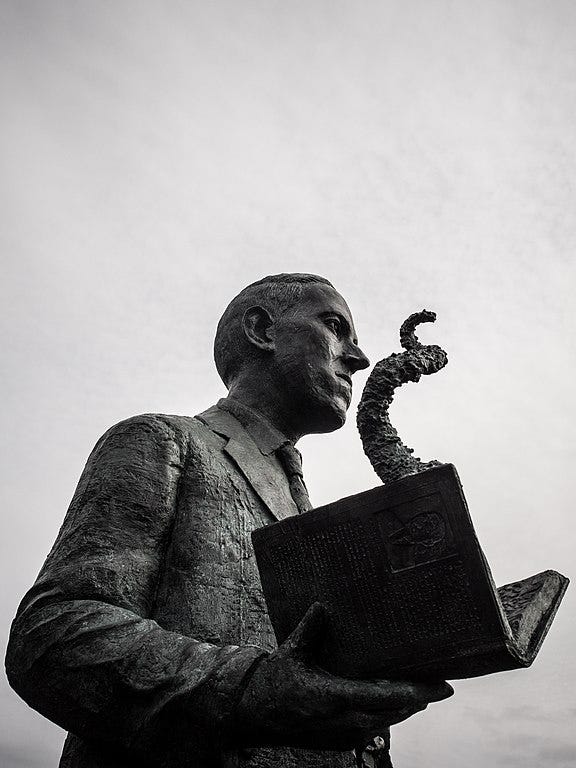
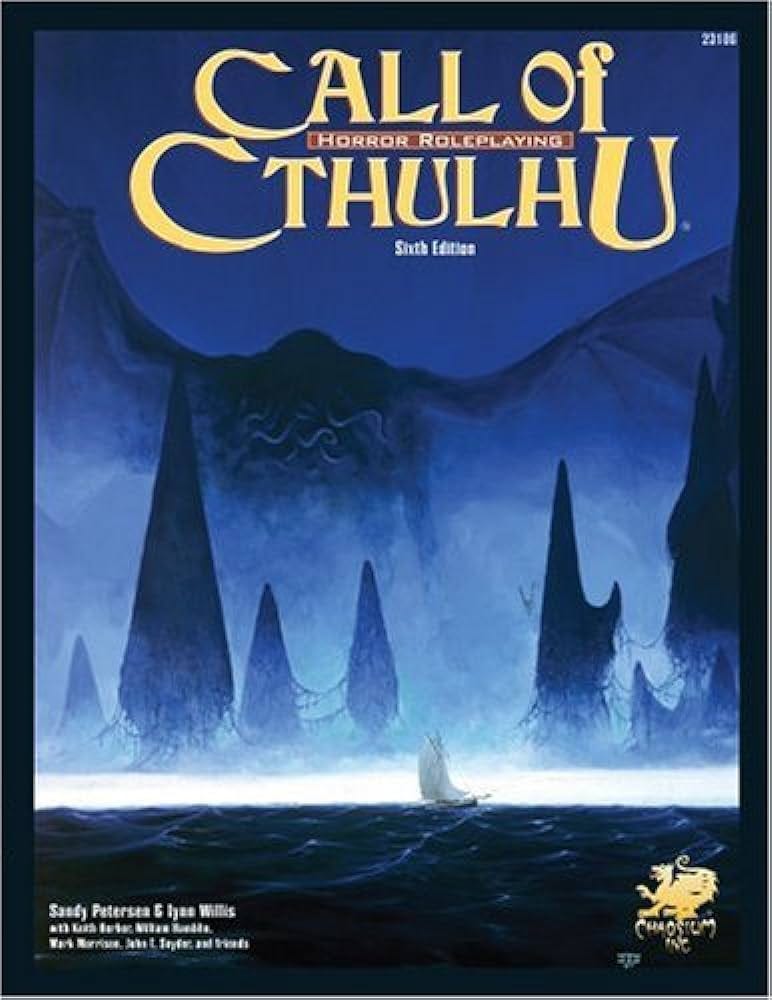
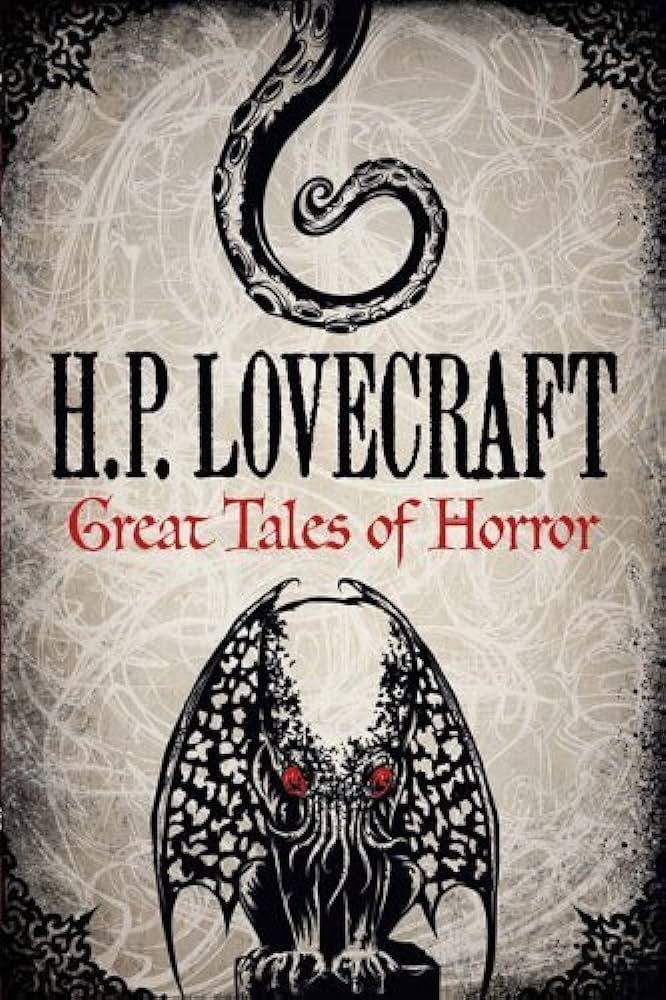
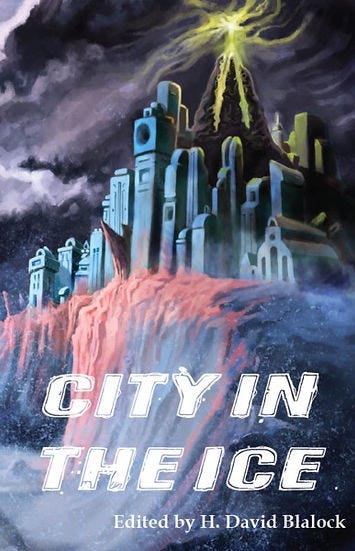
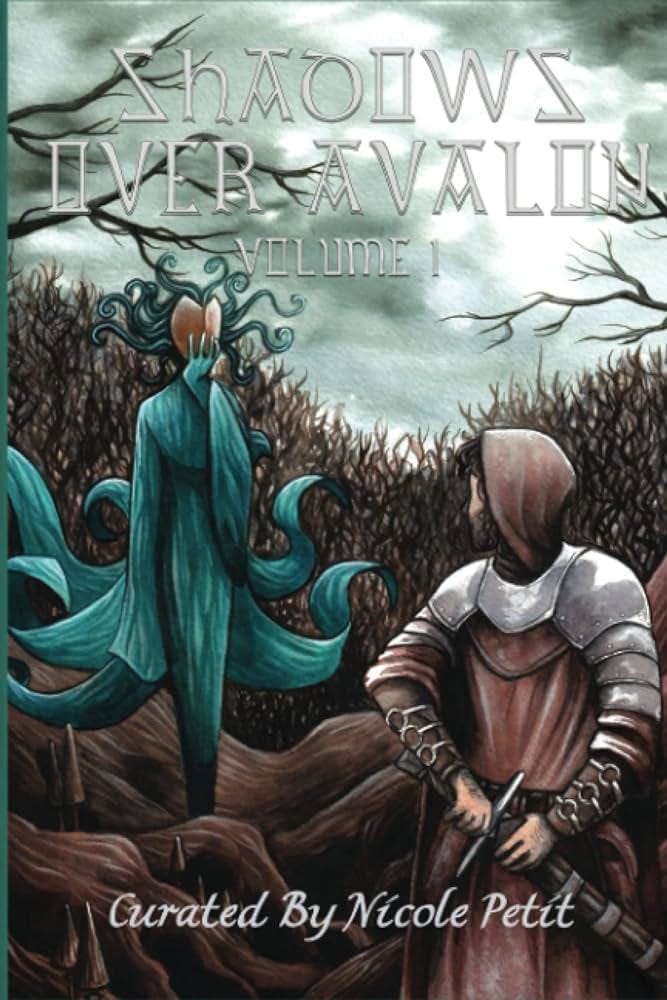


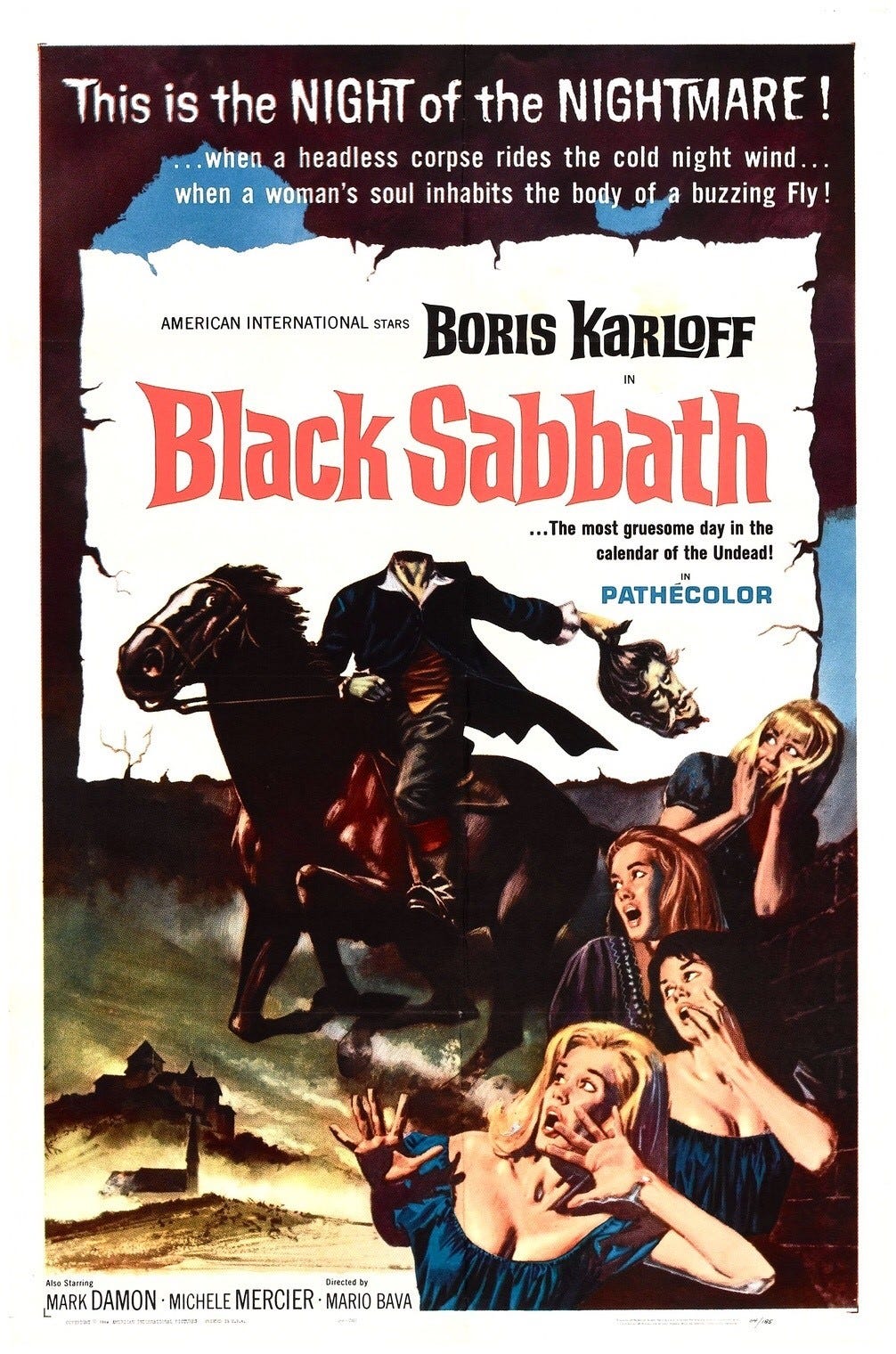

I also admire how Lovecraft let people freely use his creations to let it truly be a mythology, as a fanfiction writer I appreciate when people actively embrace transformative works rather than shut them down. Not having a set canon makes it feel more like real mythology, since you get things like the drastic difference between Hastur in Haita the Shepherd versus all the other uses of that name from other authors.
I would be very interested in a Wednesday post which delves into the influences of Poe and Hawthorne on Lovecraft that you examined in that term paper. Keep up these very interesting postings.